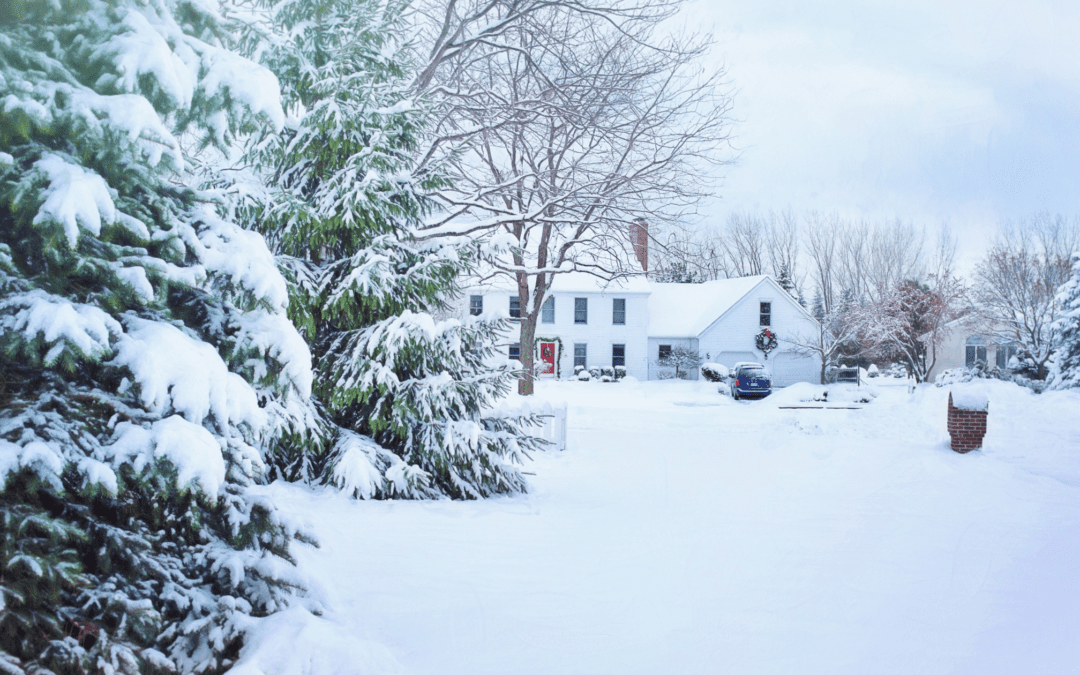During summer, it’s common to see a mosquito buzzing freely through open windows and doors or squirrels roaming around your home. But have you ever wondered where these pests go during winter?
All Arthropods, including mosquitoes, ants, cockroaches, etc., are exothermic, meaning they can’t produce their own heat. Instead, they rely on the environmental temperatures to survive. So, how do they survive the coldness of winter?
Different pests have different survival techniques. As such, how squirrels survive the winter is different from how ants make it through the cold season. This post discusses where pests go during winter.
How do pests survive during winter?
As mentioned above, different pets survive the coldness of the winter differently. Some hibernate, some migrate, while others overwinter as either larva, eggs, nymphs, etc.
Here is how the pests see it through the winter.
- Overwintering as Larvae: Many pests and insects make through the winter as immature larvae. Some burrow deeper into the soil while others replace the water in their bodies with glycerol.
- Overwintering as Nymphs: Nymphs of mayflies, dragonflies, and stoneflies live in waters of streams and ponds beneath the ice. They feed actively and emerge as adults during Spring.
- Overwintering as Pupae: Some pests like moths overwinter as pupae, emerging as adults in Spring. Most attach themselves to food plant branches when winter approaches.
- Overwintering as Eggs: A few pests, including Praying Mantids and Corn Rootworms, lay eggs that survive the winter.
- Hibernating as adults: A significant percentage of pests hibernate as adults. Ladybirds, cockroaches, some ants, leaf betters, leafhoppers, some aphids, etc., are some bugs that hibernate as adults during winter. It’s common to see some ants and wasps in your house as they seek shelter. Mourning Cloak Butterfly hibernates in tree holes while the bees stay in the hives during winter.
- Migration: Several bugs will migrate from their current location to escape the killing temperatures. For instance, the Monarch Butterfly migrates to avoid the coldness of the winter.

Where do bugs go in winter?
As most of us already know, pests don’t go completely inactive during winter. In fact, most of them are likely to seek shelter and warmth indoors.
Here is how the different pests survive winter
1. Moths
These small flying butterfly-like insects mostly buzz around drains or lights. And although moths aren’t the most harmful bugs you can find in your home, they can damage food, clothes, and other belongings. Even worse, some may cause skin problems or trigger some allergies.
Like most insects, moths can’t naturally survive the coldness of winter. Some moths seek shelter to survive the freezing weather, while others overwinter as pupae.
2. Mosquitoes
These are the common flying insects belonging to the family Culicidae of insects. Mosquitoes are among the most harmful bugs you can find in your household. They bite people to consume blood, causing irritation and swelling. What’s worse, these insects can transmit harmful and fatal diseases, including malaria, yellow fever, and dengue fever.
When it’s winter, some adult female mosquitoes overwinter in diapause. They increase their fat reserves and stay in caves, drains, your house, or anywhere else they’re protected from cold until Spring. Other female species overwinter as eggs or larvae. On the other hand, most male mosquitoes do not diapause and die in colder weather.
3. Stink bugs
These are pests that often release a very unpleasant odor when disturbed. Although these bugs don’t bite individuals or damage property, they release a very smelly odor when handled. This makes them a nuisance in your house.
When winter hits, stink bugs enter a diapause state, similar to female mosquitoes. This state slows their metabolism, allowing them to survive without food for a long period. The bugs may seek shelter in caves or your house as they diapause.
4. Ants
An ant is a small insect with a sting and lives in a social colony with one or more breeding queens. Ants are known to be annoying, especially when they sting. They may also spread bacteria and cause irritations.
Some ants tunnel underground during winter to avoid the cold weather, while others seek shelter in houses or structures. However, most ants don’t survive the harsh winter temperatures.
5. Mice
A mouse is a small rodent with a pointed nose. Mice spread diseases like salmonellosis and hantavirus and destroy your property. Like most mammals, mice spend their winter foraging for food and seeking shelter. In homes, mice nest in crawl spaces, attics, and wall voids.
6. Squirrels
A squirrel is a tree-dwelling rodent that feeds on seeds and nuts. Squirrels can chew power cables and water pipes, causing power outages and leaks, respectively. Even worse, squirrels can carry ticks, mites, fleas, and other parasites into your home.
During winter, squirrels sleep in tree nests and only come out in the morning and evening. They rely on dens in trees or sheltered nests, stored food, and fat reserves to survive the cold temperatures.
The bottom line
Regardless of how the different pests survive during winter, most of them are nuisances to you and your peace. Luckily, there are a few ways to help you keep the problematic pests out of your home, including
- Replacing any loose mortar
- Sealing holes and cracks on the exterior of your house
- Checking for leaky pipes
- Keeping the gutters clear
- Storing the firewood away from home
- Keeping the basements, attics, and crawlspaces ventilated and dry
These steps may help you keep the pests away. However, the only true way to keep the pests away is to eliminate them with the assistance of a pest control firm. Ant Plus should be your go-to pest control provider if you’re in Maine.
